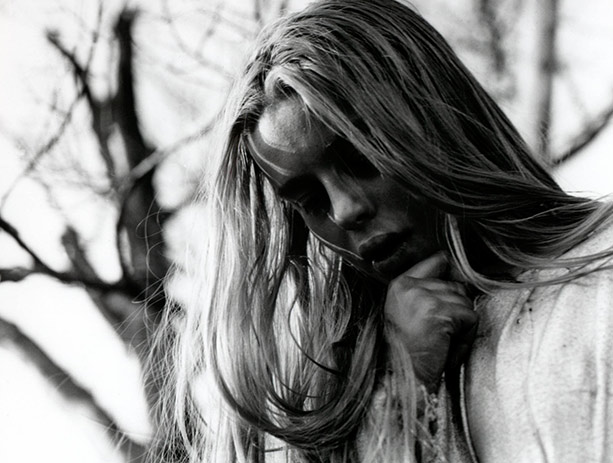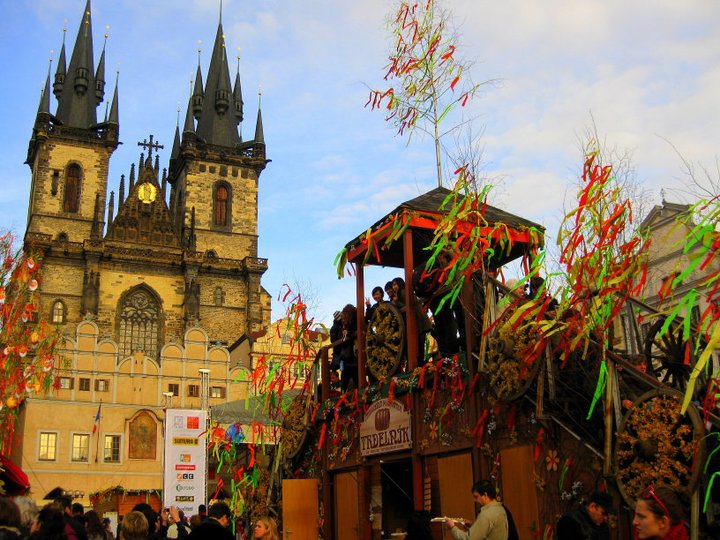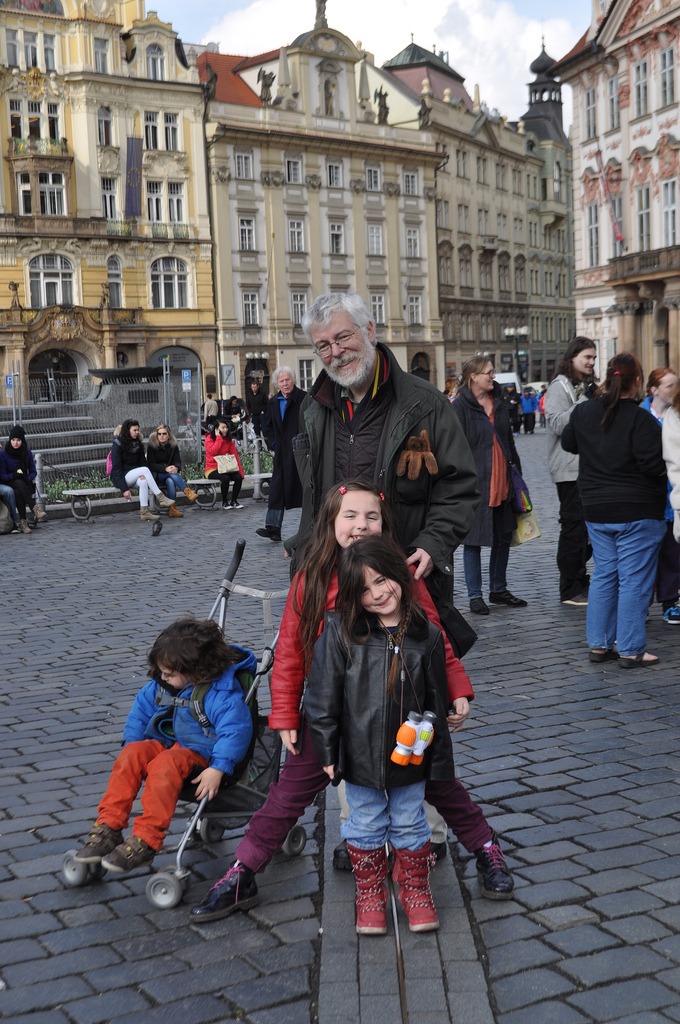Are you looking for something to watch during these last couple of weeks before Labor Day? Marketa Lazarova is a classic of Czech filmmaking.
One of the crowning achievements of Czech cinema is this epic celluloid hallucination of savagery and mysticism in the Middle Ages. Centered around a violent feud between two 13th-century pagan clans, Marketa Lazarova is a riddle that’s not to be cracked (at least not on first viewing). Featuring a hypnotic dreamscape—hooded figures wandering through stark, barren landscapes and black wolves prowling virgin snow—and set to a thunderous, primordial soundtrack of clanging bells and liturgical chanting, the film’s lustrous, monochrome ’Scope cinematography gleams anew in this freshly struck 35mm print.
You can get it on Netflix, I think, and on Amazon. I saw it at a special BAM screening last spring and it was amazing. It reminded me of The Seventh Seal but it was also a very different movie. I highly recommend it!
A Janus Films release.




